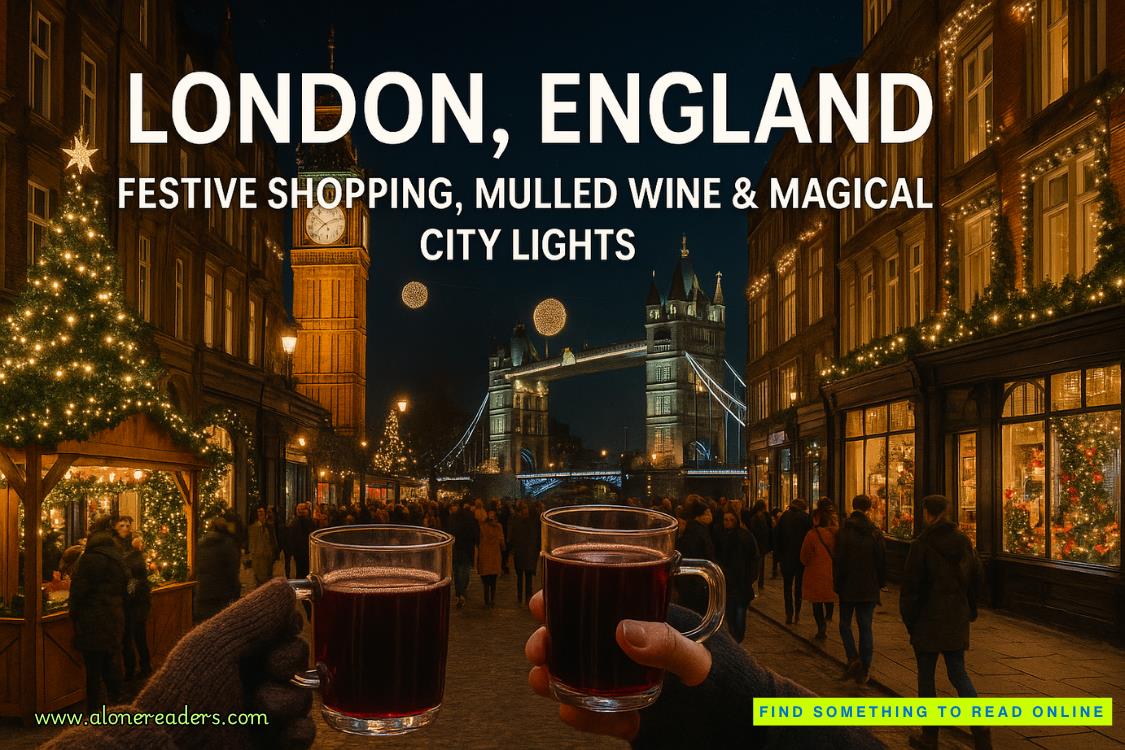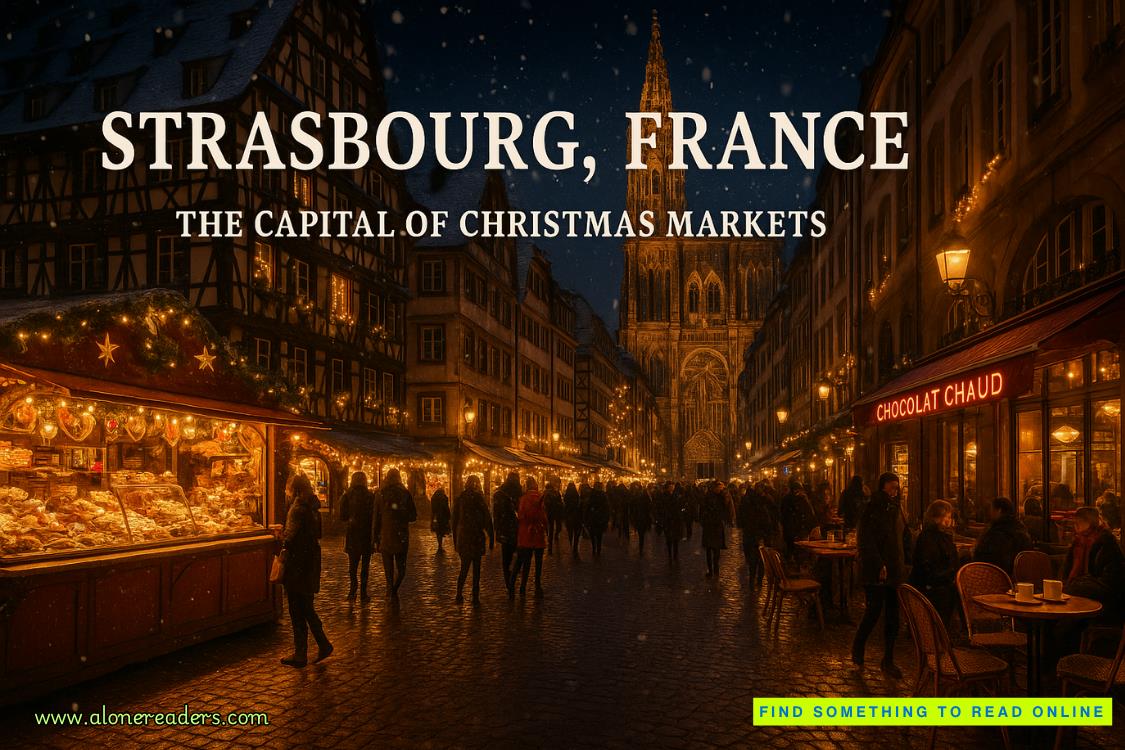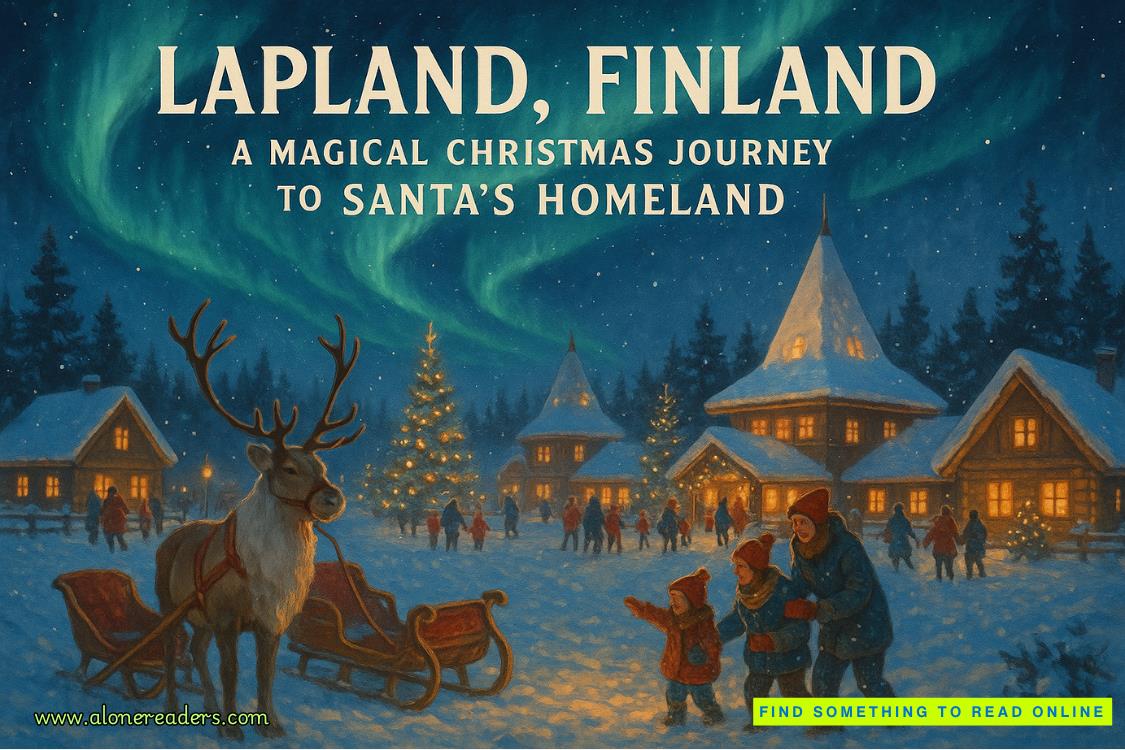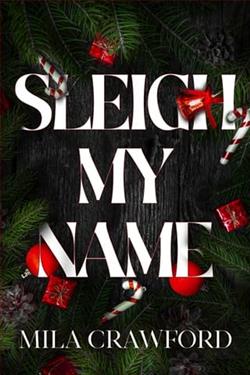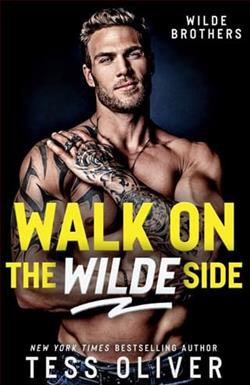Page 139 of Queen of Myth and Monsters
“One day, you will understand,” she said. “And then we can work together to bring balance to this world.”
“Is your idea of balance siphoning magic from the bones of High Coven?” I asked. “That does not seem like balance to me.”
“Oh, but it is,” she said. “I did not siphon magic from your bones for myself, Isolde. I used your bones to create the one monster who could destroy Adrian—Asha’s incarnate.”
No.I ground my teeth and charged for her, but I was hit with a blast of energy and thrown into the great hall once again. I landed on my back near Nadia, my breath knocked out of me. A horrible shattering sound filled the hall, and I rolled onto my side, covering my head as pieces of mirror rained down.
When it was done, I rose to my feet and stared at the ruined hall.
“Isolde!”
My eyes shifted to the open doors where Adrian stood, fierce and angry and beautiful. An ache filled my chest beyond anything I had ever felt before in my life. I wanted to tell him so many things, but all I could manage was a desperate sob, and just when my knees gave out, he caught me and held me to his chest.
I carried your child, I wanted to say.We were going to have a child.
The words crowded my throat and mouth, but I bit my tongue. I would have to tell him. I needed to tell him, but if I did, I risked losing him to Dis.
I risked losing him altogether.
Author’s Note
Today is September 6, 2022, and four weeks ago, I was seriously questioning my ability to write this book. I knew it would be hard—I knew there would be some devastating moments, but I did not expect so many. I am often asked if I know where a book or series is headed, and I usually have some vague idea; such was the case forQueen of Myth and Monsters.
But I was completely wrong, and everything took me by surprise.
I’m jokingly (and not so jokingly) calling this book THE ONE IN WHICH EVERYONE GETS A BACKSTORY because all of these characters I thought I knew (except Ana…didn’t know her at all) had so much more hidden under the surface. Everyone in this book is suffering, and I think the hard part is trying to decide if you are really against anyone because they all have their motives—but that’s the interesting part of being morally grey, and in a lot of ways, I hope you struggle to decide.
First, I want to be clear that Adrian as a character was not modeled after Vlad III. I did research on Vlad III’s life and how he came to be in power because I wanted to study a ruler who was perceived by those outside his country as almost “evil” despite his people seeing him as a hero.
It’s obvious that this book is heavily influenced by the myths and legends from Romania, Slovenia, Germany, and Russia, and this mostly extends to the lore around their monsters.
The vârcolac (or vârcolaci) is commonly called a werewolf, though apparently it is said to be able to shift into more than just a dog. Its origin also varies. InQueen of Myth and Monsters, I decided to make the creature into more of a werewolf-type monster, so it could stand on its feet. I wanted something that could mimic human movement to differentiate it from the aufhocker.
Aufhockers are also interesting. They look most like a grim (a black dog seen as an omen of death) but I do not feel like they act as one at all. The name is Germanic and means “to leap upon,” which is what aufhockers would do to unsuspecting travelers. They were said to weigh down their victims until they caused their death or until they reached home.
Aufhockers can also appear in various forms, including as a spirit or a goblin-type creature. There is a version of it that is considered a vampire because it rips out the throats of its victims.
I had no idea Isolde would become a shifter in this book, and I fought it hard. I’m not sure what it is about werewolves, but I have never had an affinity or interest in them. That being said, I think the dynamic of the aufhocker is so interesting, and I love that later I can explore Isolde shifting into different forms other than a “dog.” (I don’t really prefer that term because I feel like…the form is so much more robust, but I don’t know what else to use).
Another element I want to touch on is Winter’s Eve. It’s based on St. Andrew’s Eve, sometimes called the Night of the Wolf, and is celebrated on November 30th. It is believed to be a night when magic is, essentially, at its strongest, which is part of the reason all types of monsters and the undead are able to wander around on this night. In particular, wolves are believed to be the most powerful, likely because St. Andrew is considered their protector. Several rituals were completed to prepare for the night, including hanging garlic.
Perhaps the most difficult element of this book was the magic—but this is also where I have the most to say.
I began reading a book calledWitchby Lisa Lister, which detailed the rise of the patriarchy and, as a result, the oppression of women, their magic, and the demonization of witchcraft. I also began readingWhen God Was a Woman, which details the steady fall of a world that first worshipped women into a society that now seeks to revoke our rights—all because women are powerful.
We are powerful in the ways our world likes to undermine and silence us. Our intuition is often overlooked as only a feeling or being oversensitive. Our ability to give birth and control over our bodies are carelessly handled by men in government, who use religion as a weapon and reason when the Bible is only a myth constructed to oppress.
I always wonder what the world would have been like if humanity had chosen a different epic as the crux of its mainstream religion—which was one of the ideas that drove how the world ofA Touch of Darknessunfolded.
I wanted part of the magic in the world to feel as though any of us can do it because I believe that we can. Magic comes in the form of intuition, that deep trust we have within ourselves to follow our instincts. Magic comes from the words we speak that can manifest a life beyond our wildest dreams. Magic comes from choosing to see meaning in symbols.
This is the foundation of the magic system in Cordova. Sometimes I felt like it was hard to pinpoint, especially for Isolde who has been trying to open herself to feeling and having this awareness after it was locked away due to her trauma.
I think this is the journey we are all on as women now. Some of us are waking up and others are asleep—either is okay. Trauma lives in our blood and crosses lifetimes. I think every day we wake up and live this life is progress toward healing.
Last, I want to talk about Isolde—my unapologetic queen. I hope I have given my readers, especially my BIPOC readers, a female character who makes them feel empowered and determined. Isolde is the character through which I have had to face the very complicated relationship I have with my heritage. As a “white” presenting member of the Muscogee Nation, I never quite feel Native American enough, and this is exasperated when others question my heritage.
Which happens all the time even in professional settings. I will never forget hearing that someone asked my team if “they are sure I’m really native.” I don’t know how else to say that we all look different—we are as diverse as our relationships with our tribes. Being Native American in 2022 looks different for every citizen, and that is the fault of our colonization—but it should not divide us.
I know my experiences apply to so many of you, and I wanted to confront those feelings with Isolde who, I feel, is a woman I aspire to be—she never apologizes for who she is; she doesn’t bow to the will of men; she refuses to conform to society’s standards.
She has had to survive like so many of us—I can’t wait to see her conquer.
